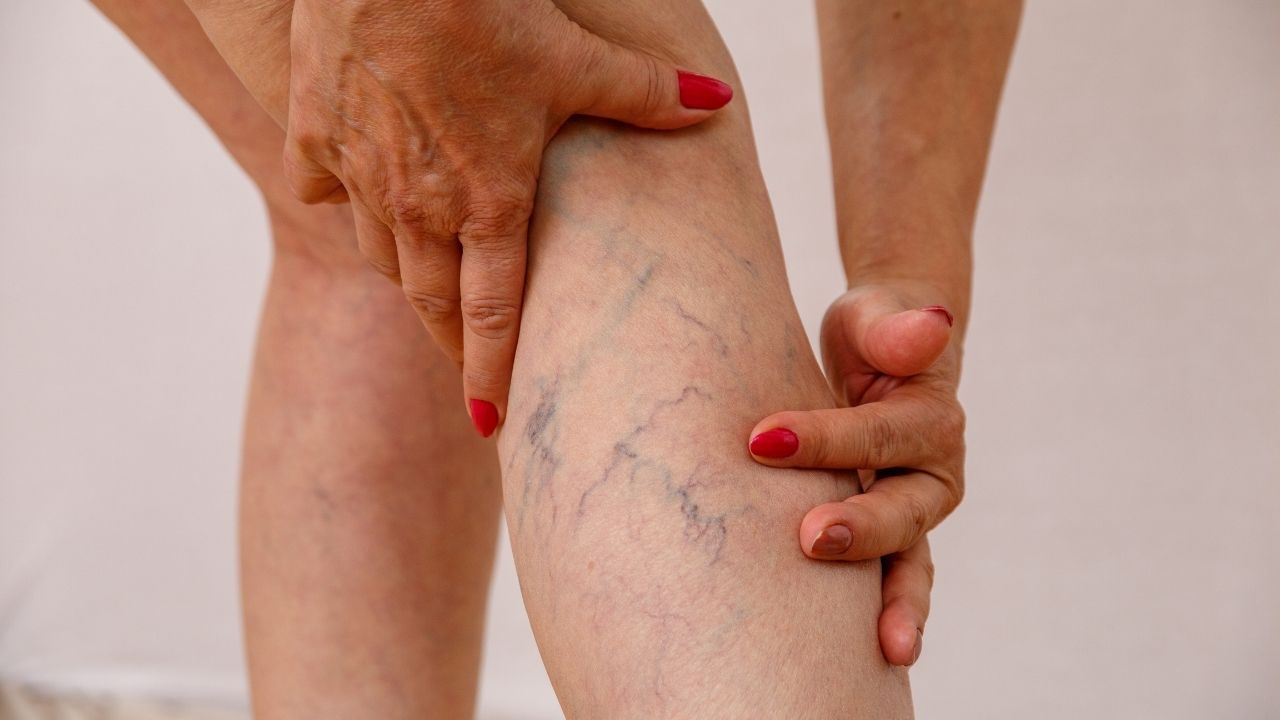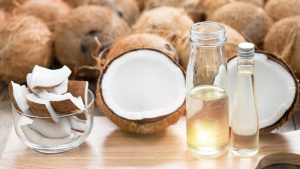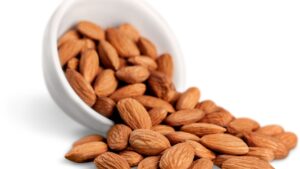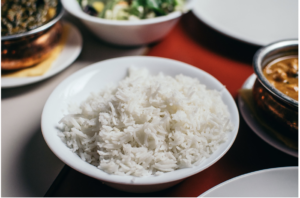Veins are flexible hollow tubes with flaps inside called valves; when your muscles contract, the valves open, and blood moves through the veins. When your muscle relaxes, the valves close, keeping the blood flowing in one direction through the veins. If the valves inside your veins become damaged, the whole process of blood flow is altered. Vein & Vascular in Aventura, treatment is carried by Dr. Softer and helps improve his patients’ condition, schedule an appointment and receive personalized help.
What Are Some of the Vein Issues?
- Varicose veins
Varicose veins are damaged veins that become noticeably enlarged due to backed-up blood and weakened blood vessel walls. The enlargement mainly affects the veins in your legs that result in inefficient valves. They may also be lumpy, bulging, or twisted in appearance. Your risk of varicose veins increases with some factors that include:
– Age
– Obesity
– Family history
– Deep vein thrombosis
– Pregnancy
– Childbirth
Why Do Your Varicose Veins Form?
Varicose veins commonly affect the lower leg, though other veins in your body can also be affected—effects of gravity and the valve inside the vein malfunction result mainly in the varicose vein development. In a healthy vein, your heart pumps oxygen-rich blood through your arteries. With the help of surrounding muscles, veins bring blood back to your heart to receive more oxygen; to prevent backflow, you have multiple valves in your veins that keep blood moving towards your heart. If the valves don’t close all the way, blood starts pooling in your veins resulting in vein damage, the bulging varicose veins are seen on the surface. In its early stages, you may benefit from wearing compression socks to help increase your blood flow. Increasing your daily exercise and diet is also recommended, if the condition persists, it is advisable to include sclerotherapy, endogenous ablation, and surgery.
- Spider veins
As the name suggests, spider veins branch out like a spider web and most often form on your face or legs; they appear just beneath the surface of your skin and are usually red, blue, or purple. They are mainly caused by valve issues that interfere with the normal flow of blood through your veins. Usually, a valve opens to allow blood to flow through and closes to prevent it from traveling backward. When it’s not functioning correctly, a valve can allow blood to leak back through the vein, which weakens the vein walls and allows the blood to pool. Typically spider veins aren’t painful, but you should watch out if you have any of these signs of a blood clot:
– Swelling of the legs or ankles
– Achy or heavy feeling in the legs
– Warmth
– Itching
– Bleeding
– Redness
– Tenderness
How Do You Treat Spider Veins?
Spider veins can be painful, and they can be a bother. It is best to change lifestyle and wear compression socks to improve blood circulation. If the pain becomes severe, you should go for noninvasive laser treatment or surgery to remove or destroy the veins. You should also eat healthy foods, maintain a healthy body weight, and avoid sitting for long periods.
In conclusion, to learn more about veins and other related conditions, call the clinic or use their online tools to schedule an appointment.






Be First to Comment